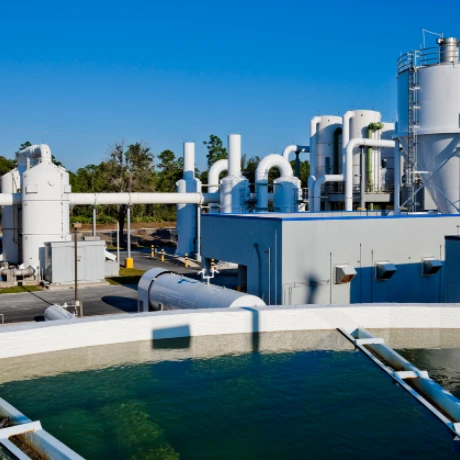



How to Clear Cloudy Pool Water Effectively and Safely
Treating Cloudy Pool Water A Comprehensive Guide
A sparkling, clear pool is a hallmark of summer enjoyment, but cloudy water can quickly turn your backyard oasis into a source of frustration. Cloudy water not only detracts from the aesthetic appeal of your pool but can also be a sign of underlying issues that may affect water quality and swimmer safety. Understanding how to effectively treat cloudy pool water is essential for maintaining a beautiful and safe swimming environment. In this article, we will discuss the common causes of cloudy pool water, how to diagnose the problem, and the steps you can take to restore your pool's clarity.
Common Causes of Cloudy Pool Water
There are several reasons why pool water may become cloudy. A high level of contaminants, including skin oils, cosmetics, dirt, and debris, can cloud the water. Additionally, inadequate filtration or poor circulation can prevent contaminants from being removed effectively. Other common culprits include imbalanced pH levels, high alkalinity, and insufficient chlorine levels. Algae blooms, even in their early stages, can also cause cloudiness and should be addressed promptly.
Diagnosing the Problem
Before treating cloudy water, it’s essential to diagnose the underlying cause. Begin by testing the water using a reliable pool testing kit. Check for pH levels, total alkalinity, and chlorine levels. The ideal pH range for pool water is between 7.2 and 7.8, while the ideal total alkalinity should be between 80 and 120 parts per million (ppm). Chlorine levels should ideally be between 1 and 3 ppm. Understanding these parameters will provide insights into what might be causing the cloudiness.
Steps to Treat Cloudy Pool Water
treat cloudy pool water

1. Balance Your Water If pH or alkalinity levels are off, you will need to adjust them. Use pH increasers or decreasers as necessary to bring the levels to their ideal ranges. Balancing the alkalinity levels will help stabilize the pH levels.
2. Shock the Pool Shocking involves adding a higher dose of chlorine to quickly reduce contaminants. It is particularly effective in killing bacteria and algae. Choose a chlorine shock product and follow the manufacturer's instructions for dosage. It is typically recommended to shock your pool during the evening to prevent the sun from diminishing the effectiveness of the chlorine.
3. Improve Filtration and Circulation Ensure that your pool pump and filter are functioning properly. Run the pump for at least 8-12 hours a day to enhance circulation and allow the filtration system to remove debris. Clean or replace the filter cartridge if necessary to improve efficiency.
4. Add a Flocculant or Clarifier These products help bind small particles together, making them easier for the filter to capture. Flocculants settle particles to the bottom of the pool, which can then be vacuumed away. Clarifiers, on the other hand, work by causing fine particles to clump together for easier filtration.
5. Regular Maintenance Once you have resolved the cloudy water issue, establish a regular maintenance routine to prevent recurrence. This includes routine testing, balancing water chemistry, cleaning the skimmer and filter, and ensuring proper circulation.
Conclusion
Cloudy pool water doesn’t have to ruin your summer fun. By understanding the underlying causes and employing the right treatment methods, you can restore crystal-clear water to your pool in no time. Regular maintenance and attention to water chemistry are essential for preventing cloudiness in the future. With a bit of effort, your pool can return to being the refreshing oasis you love, ready for family and friends to enjoy.
-
Why Sodium Persulfate Is Everywhere NowNewsJul.07,2025
-
Why Polyacrylamide Is in High DemandNewsJul.07,2025
-
Understanding Paint Chemicals and Their ApplicationsNewsJul.07,2025
-
Smart Use Of Mining ChemicalsNewsJul.07,2025
-
Practical Uses of Potassium MonopersulfateNewsJul.07,2025
-
Agrochemicals In Real FarmingNewsJul.07,2025
-
Sodium Chlorite Hot UsesNewsJul.01,2025










